50 hours on the M106 galaxy at 1200mm astrophoto stuns community
Monday, May 13, 2024

|
Richard Harris |
Colin Mitchell collected over 50 hours of data on the stunning galaxy M106. With a 12" Newtonian telescope and ASI2600MC camera, he captured an intricate image, revealing its core, surrounding structures, and companion galaxies.
Amateur astronomer Colin Mitchell spent three months under stormy Ohio skies to collect over 50 hours of data on Messier 106 (M106). Despite battling significant light pollution near Akron, Colin's dedication and patience culminated in a spectacular photograph of this intermediate spiral galaxy. Using a 12" f/4 Newtonian telescope and an ASI2600MC camera, he revealed M106 in stunning detail at a focal length of 1200mm. The final image, showcasing over 50 hours of exposure, offers a terrific view of the galaxy's core, surrounding structure, and neighboring celestial bodies.
50 hours of M106 captured by astronomer Colin Mitchell
Messier 106, also known as NGC 4258, is a prominent intermediate spiral galaxy in the constellation Venatici. It is around 24 million light years from Earth, with an apparent magnitude of 8.4 and an apparent size of 19 arcminutes, or about two thirds the apparent diameter of the Moon. M106 is 135,000 light years in real size, making it a little bit larger than the Milky Way.
NGC 4248 is the irregular dwarf galaxy to the top left. It lies 25 million light years away, making it a satellite galaxy of M106. To the right edge is PGC 39615, another dwarf galaxy of M106 lying at about the same distance.
Included in the field is NGC 4217, an edge-on spiral galaxy. It is likely a companion galaxy of M106, even though it lies at about twice the distance as M106 from us.
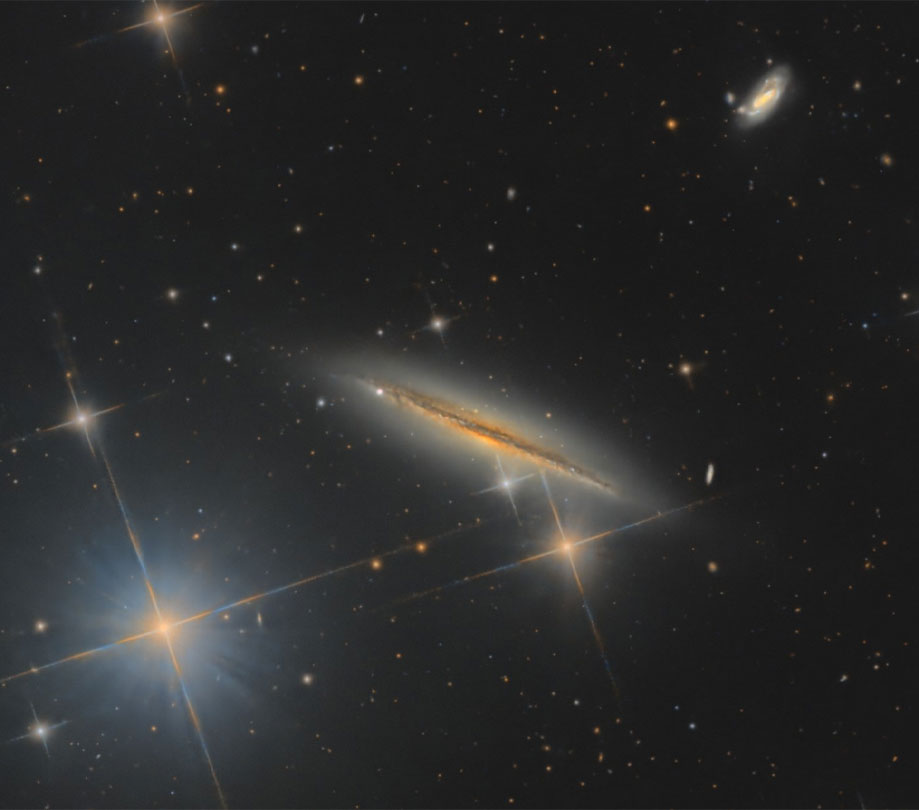
NGC 4231 and 4232: Galaxy pair 360M light years away, and about 6.5M light years apart
The galaxy pair NGC 4231 and 4232 are 360 million light years away and are about 6.5 million light years apart, or about twice the distance between us and the Andromeda galaxy.

ClG J1217+4730, a distant cluster of redshifted galaxies below NGC 4248
Below NGC 4248 is a cluster of very distant redshifted galaxies, ClG J1217+4730. The redshift of this cluster, according to XMM Cluster Survey, is 0.27, making it 3.163 billion light years away.
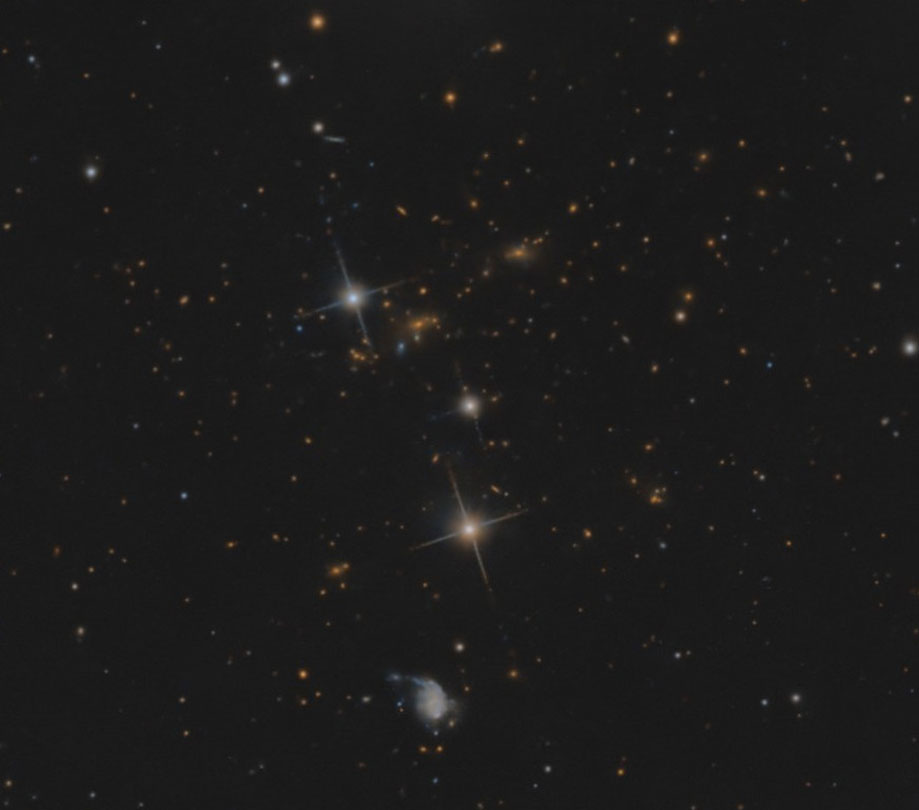
NGC 4258 full field
In the background of the image are 134 quasars from the SDSS DR16Q catalog. These quasars range in redshift from 0.271 to 3.776. The following image annotates these quasars and their redshifts,
The most distant cataloged quasar in the image, SDSS J121617.68+465509.9, has a redshift z = 3.776, confirmed by spectroscopic plate 6640, fiber 564, and an R band magnitude of 20.1207. This makes the light travel time of this quasar 12.052 billion years, and the quasar is now 23.333 billion light years away from us.
This image is my longest integration yet, totaling 50.8 hours of data collected over three months. It took 12 hours of compute time to process 900GB of data to produce this image. The limiting magnitude of the image is around 23.25.
To see Colin's website with all of the photos click here.
M, NGC and PGC annotated galaxies

ScopeTrader's latest survey
Featured Stories
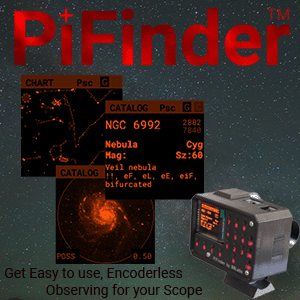
Stay Updated
Sign up for our newsletter for the headlines delivered to youSuccessFull SignUp

|



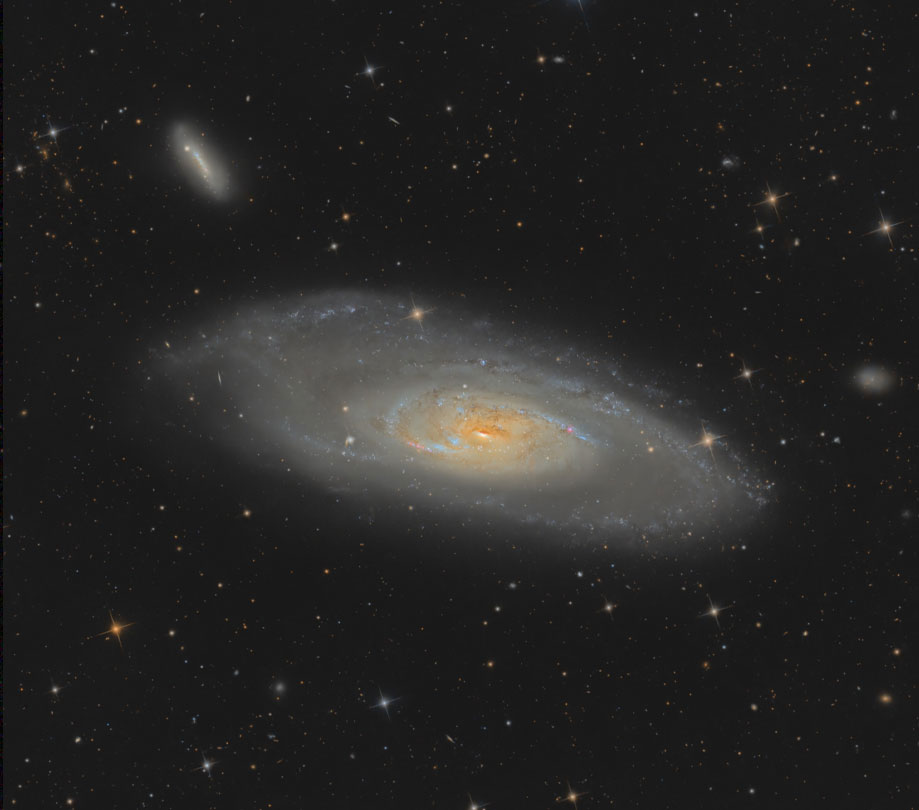

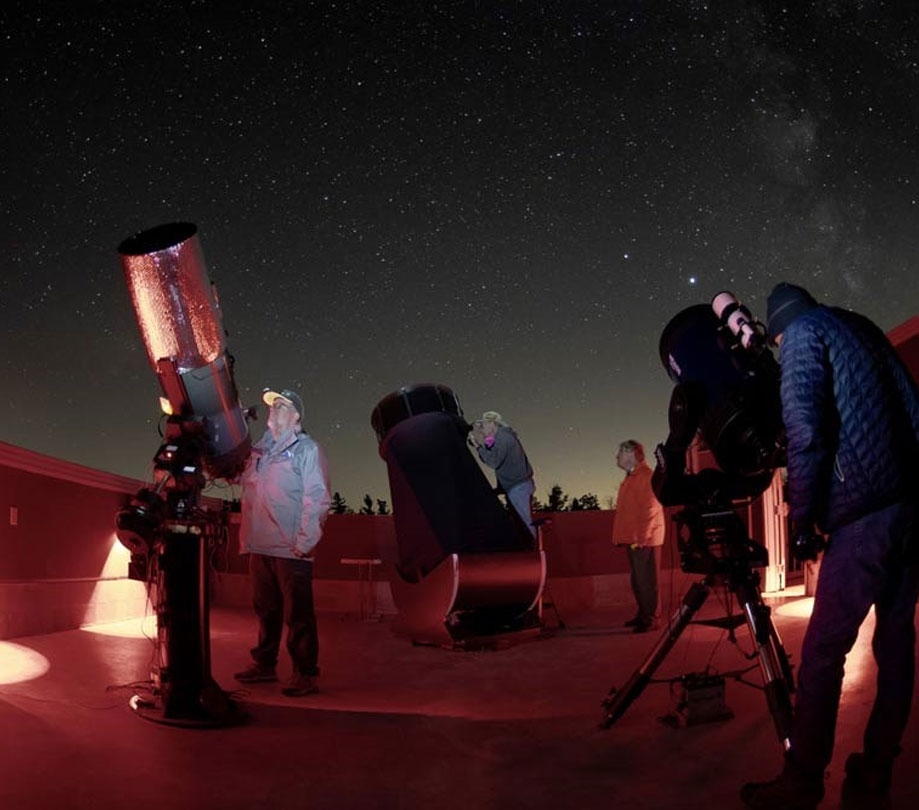
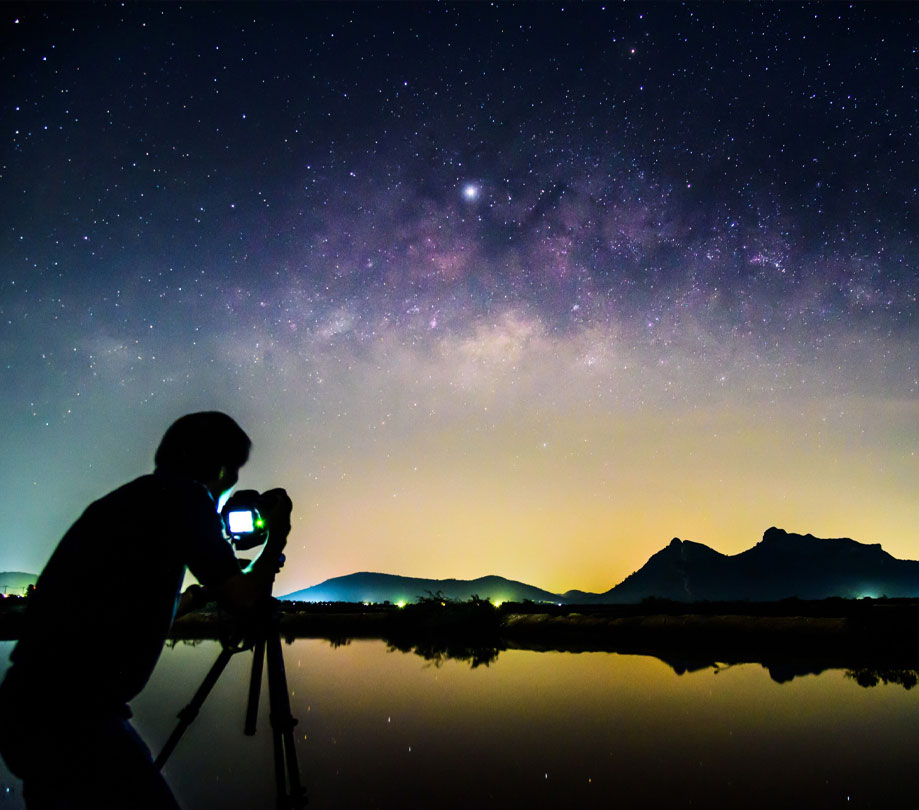
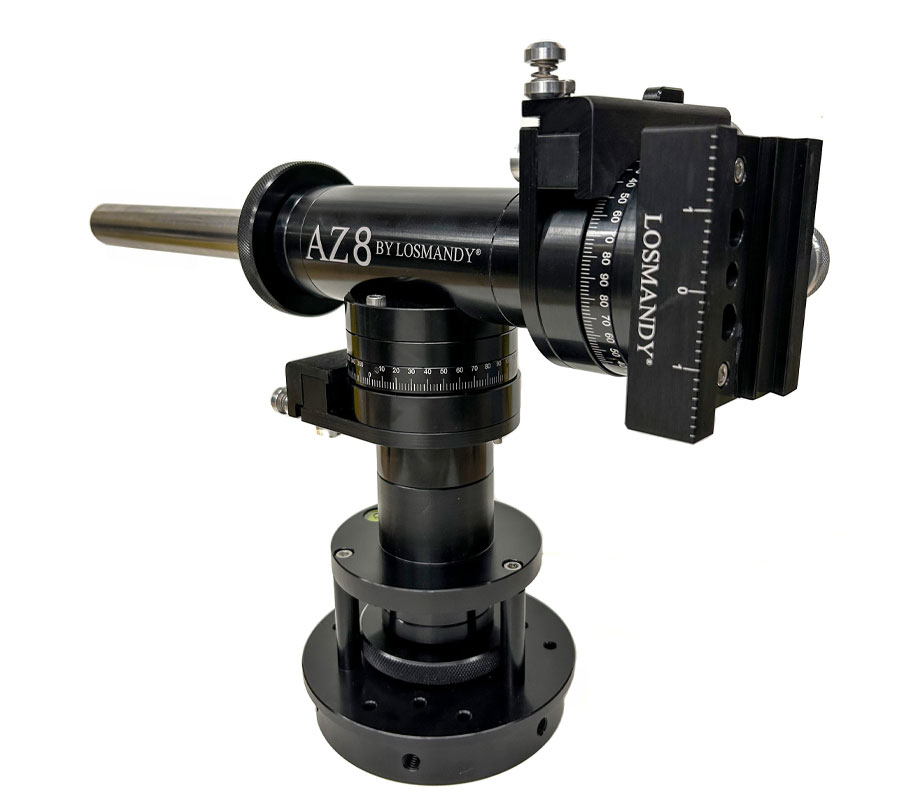
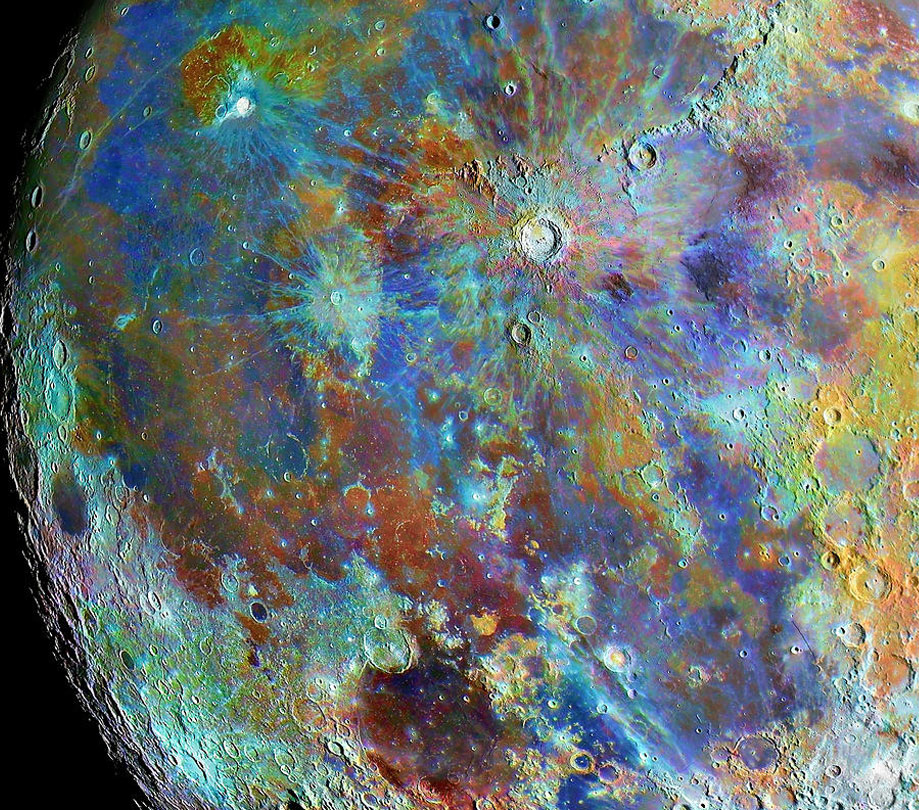
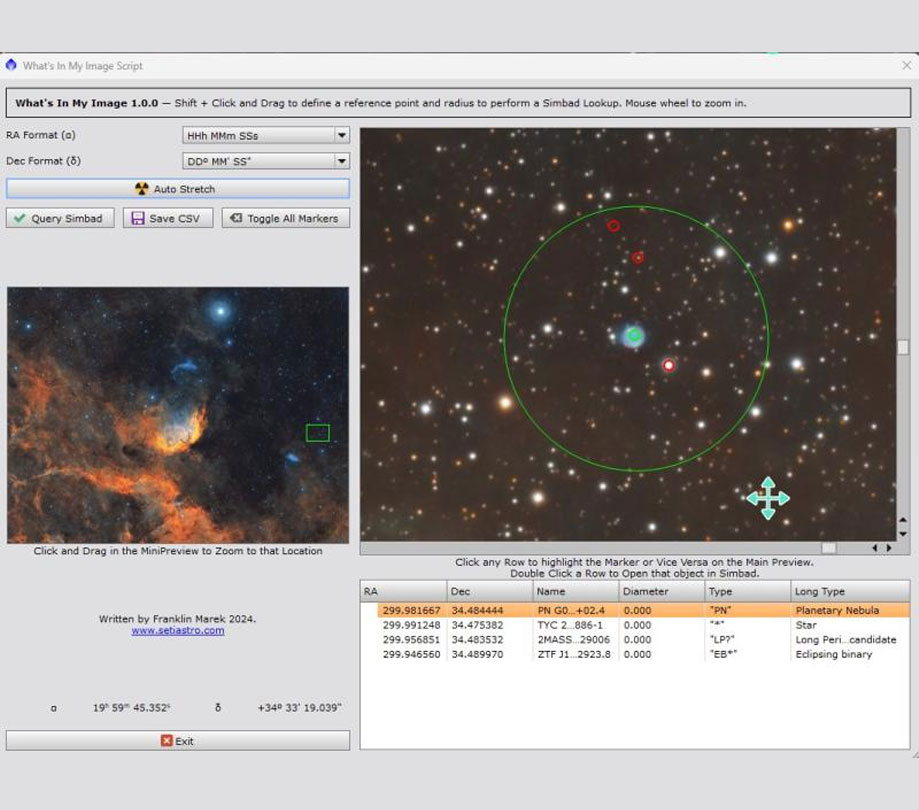
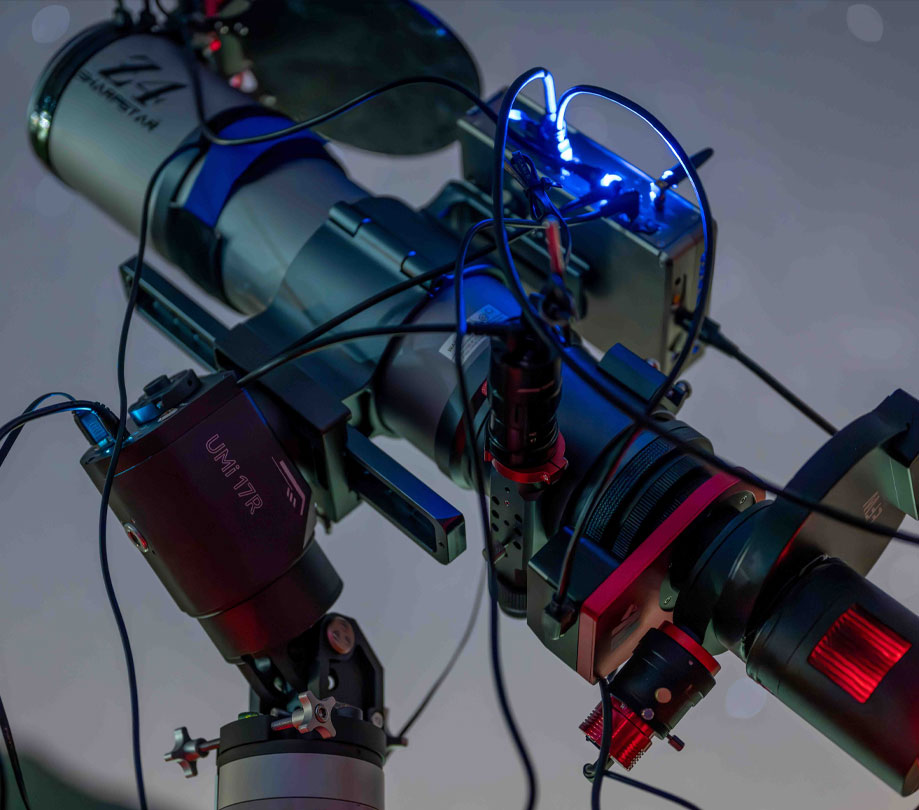
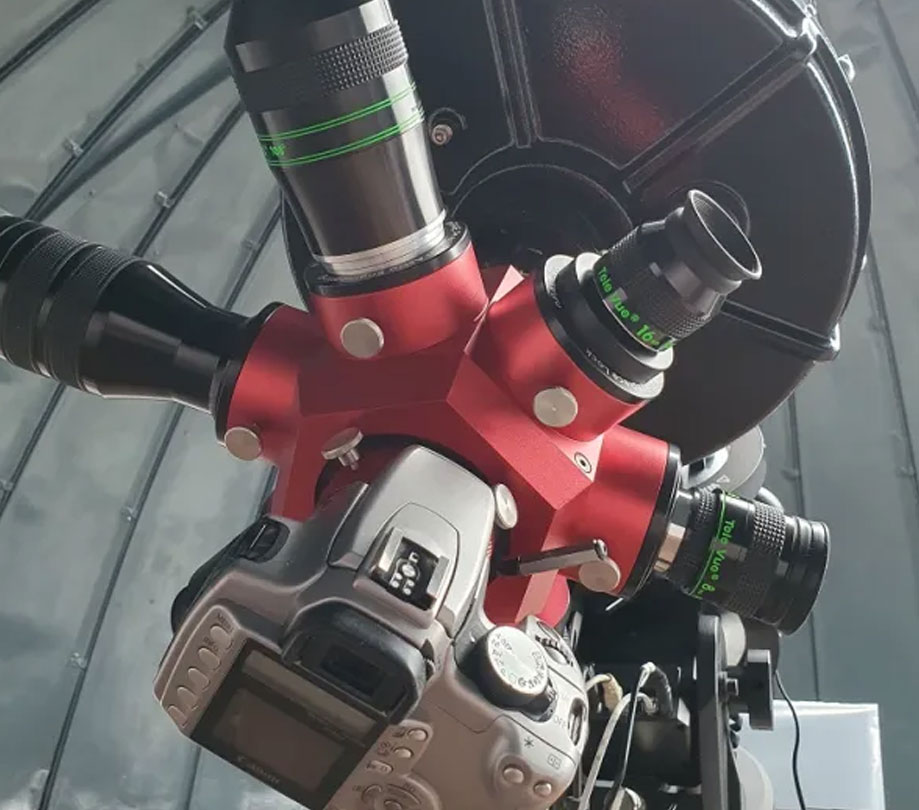
Comments